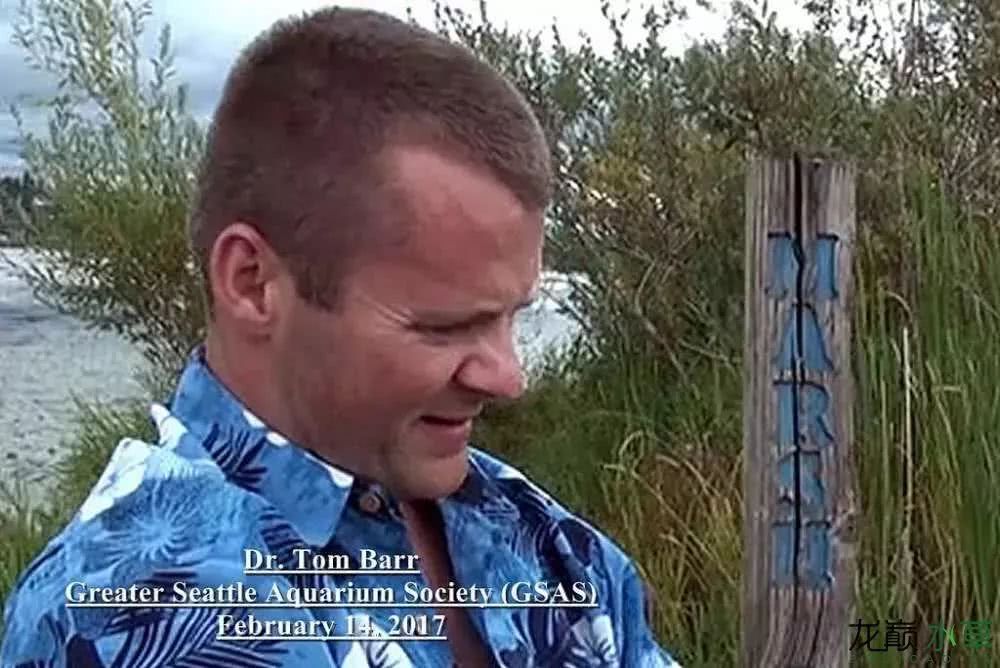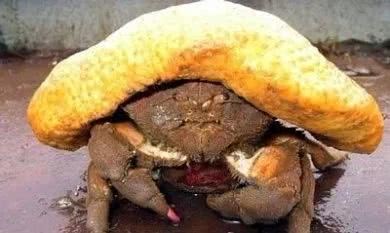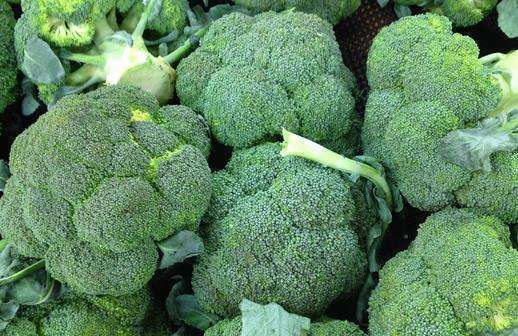The estimated Index Fertilizer method of American Doctor

Estimated exponential fertilization method (Estimative Index) is referred to as EI fertilization method, which is a simple and practical fertilization method invented by American aquatic plant expert Tom Barr.
The characteristic of this aquatic plant fertilization method is that it does not need to measure a large number of water quality data, such as TDS, nitrate concentration, phosphate concentration, etc., it only needs to add enough fertilizer on time and remove the accumulated excess fertilizer through a big change of water once a week, so as to ensure that the aquatic plants are eaten well without causing algae outbreaks.
First of all, let's meet Tom Barr, the inventor of EI fertilization.
Tom Barr graduated from the University of California, majoring in Water treatment (Water treatment) and Aquatic Biology (Aquatic Biology), followed by a Master's degree in Botany (Botany) from the University of Florida and a PhD in Plant Science (Plant Sciences) from the University of California, Davis (UC Davis). Now he teaches at the University of California (he should be a professor by now) and is engaged in scientific research. He is the founder of Barr Report, where he has published more than 10000 papers, sells his own aquatic plants and collected sunken wood in his spare time, and recommends algae removal and fish farming for others. In addition to the EI fertilization method, he first invented and vigorously promoted the use of potassium dihydrogen phosphate to remove green spot algae. It can be said that there are only two masters in aquaculture in the world, the late Amano Shang in the east and the Tom Barr in the United States in the west.
Secondly, let's talk about what kind of water and grass tank this fertilizer application method is suitable for.
EI fertilization is based on strong light and stable carbon dioxide.
Only strong light can ensure the full photosynthesis of aquatic plants, not only PAR should be sufficient, (PAR is the abbreviation of photosynthesis effective energy photosynthetic active radiation, can also be simply understood as light intensity) the illumination time should be long enough and keep constant.
The best 24-hour stable supply of carbon dioxide, so that the concentration of carbon dioxide in the cylinder to maintain around 30PPM, no matter how high the concentration is not necessary, but easy to expose algae.
The aquatic plants in the tank must be closely planted and the number should be large, to what extent? Just don't let the bottom bed be exposed to strong light and try to plant all kinds of aquatic plants. The main purpose of planting a large number of aquatic plants is to prevent algae outbreaks, but also to provide sufficient oxygen for algae-removing organisms.
According to my own point of view, each liter of water with 0.5 to 1.5 watts of lighting power, generally 1 liter of water with 1 watt of lighting is strong enough, 8-10 hours of uninterrupted lighting every day, preferably according to the local sunrise and sunset time to turn on and off the lights. Carbon dioxide 24 hours, 60 cylinders 2-3 bubbles per second, 90 cylinders 3-4 bubbles per second, 120 cylinders 5-6 bubbles per second (refers to rectangular standard cylinders, square cylinders double).
Third, let's talk about the specific operation.
The standard EI fertilizer method should be applied six times a week, from Monday to Saturday, and then change water by more than 50% on Sundays, or even 80% at a time if the tap water is of good quality.
Take a standard tank of 60 cm, 45 cm and 45 cm as an example, with a maximum water capacity of 120 liters. You can add 4 teaspoons of potassium nitrate powder and 8 teaspoons of potassium dihydrogen phosphate powder every Monday, Wednesday and Friday, and 8 teaspoons of trace element powder on Tuesdays, Thursdays and Saturdays.
The trace element fertilizer is made by Tom Barr and contains iron, magnesium, manganese, boron and other elements. the specific formula is unknown and can be replaced by the finished trace element liquid fertilizer on the market or DIY (the link provided on the third floor is how to make water plant trace element fertilizer).
Another point to note is that 1 teaspoon is 5 milliliters and 1 tablespoon is 15 milliliters. Don't get confused. The spoons commonly used by Chinese people are spoons rather than teaspoons.
Why not add all the fertilizers on the same day? Because a variety of metal elements in trace elements can react with potassium dihydrogen phosphate to form precipitation insoluble in water, which will seriously reduce the fertility of fertilizer, it is best to put it separately.
Finally, we will discuss why this method of fertilization is not easy to cause algae outbreaks.
Tom Barr believes that algae explosion is the result of a combination of factors, and excessive accumulation of a single fertilizer does not necessarily lead to algae explosion.
Under stable carbon dioxide and appropriate lighting intensity, adding excessive NPK fertilizer or iron fertilizer and trace elements will not immediately lead to algae outburst, unless the proportion of ammonium or NPK fertilizer is unreasonable, such as too much nitrate and too little phosphate, the imbalance between the two may lead to the growth of green spotted algae.
And if algae want to proliferate in large numbers, only excess nutrition is not enough, they also need more light and carbon dioxide supply, if the lighting time is extended or the lighting intensity is increased, it is possible to burst algae.
In addition, Tom Barr used experiments to prove that algae are more efficient than aquatic plants in the use of carbon dioxide. Once the concentration of CO2 exceeds 30 ppm, it is possible for algae to obtain more carbon sources, so the more carbon dioxide supply, the better, just ensure sufficient and stable.
EI fertilization six times a week does lead to fertilizer accumulation, but under stable lighting and carbon dioxide supply, it is not easy for algae to multiply in large numbers, and every Sunday, after a major change of water, at least half of the accumulated fertilizer has been removed, plus if there is no fertilization on this day, the aquatic plants will absorb some or all of the remaining fertilizer. In this way, there is no chance for algae to grow in large numbers.
Therefore, the design of EI fertilization method is very scientific and more simple and effective than the previous "PPS fertilization method". (PPS fertilizer application method is through more accurate measurement, put in just enough fertilizer for water and grass, which is tedious and often leads to lack of fertilizer.)
There are some non-standard EI fertilization methods that apply fertilizer three times a week, putting iron fertilizer and trace elements together with NPK fertilizer, which is lazy and will lead to waste of fertilizer, which is not worth advocating. In addition, there are people who are always afraid that water plants are not enough to eat, and put a small amount of NPK fertilizer or trace elements on Sundays, which are not in line with the basic spirit of EI fertilization.
The above is my understanding of the EI fertilization method invented by Tom Barr, because the English level is limited and the understanding is not enough, there may be mistakes. I hope the majority of fish friends will correct them.
Supplementary content
The picture above shows the relationship between the growth rate of aquatic plants and the concentration of fertilizer (assuming that lighting and carbon dioxide are adequate and stable supply)
The picture above shows the amount of fertilizer required for different volumes of grass tanks (the "spoon" refers to teaspoons rather than eating spoons, be sure to pay attention)
The picture above shows another EI fertilization method, which reduces the amount of potassium dihydrogen phosphate by half and adds additional potassium sulfate, which is suitable for situations with heavy green dust algae.
Finish
There are surprises here.
Click on the original text to buy now
- Prev

-Yellow crown on your head.-Boss Crab.
Fishers who play in sea tanks always put a few kinds of sponges in their tanks as embellishments, but there is a kind of crab in the ocean that may be more familiar with sponge than you are and definitely better to raise and take care of than humans, and that is sponge crab Dromia erythropus....
- Next

These three kinds of vegetables are delicious in water before they are put into the pot, not easy to digest.
Autumn is a relatively dry season, as soon as the climate becomes dry, it will also affect our human health, such as constipation. Life without constipation is not life. This is a bit rough, but it is not rough. Some.
Related
- Wuhan Hospital Iron Tree Blooming Result Was Instantly Frightened by the Gardener Master
- Which variety of camellia is the most fragrant and best? Which one do you like best?
- What is the small blue coat, the breeding methods and matters needing attention of the succulent plant
- Dormancy time and maintenance management of succulent plants during dormancy
- Minas succulent how to raise, Minas succulent plant pictures
- What are the varieties of winter succulent plants
- How to raise succulent plants in twelve rolls? let's take a look at some experience of breeding twelve rolls.
- Attention should be paid to water control for succulent plants during dormant period (winter and summer)
- Watering experience of twelve rolls of succulent plants
- Techniques for fertilizing succulent plants. An article will let you know how to fertilize succulent plants.

